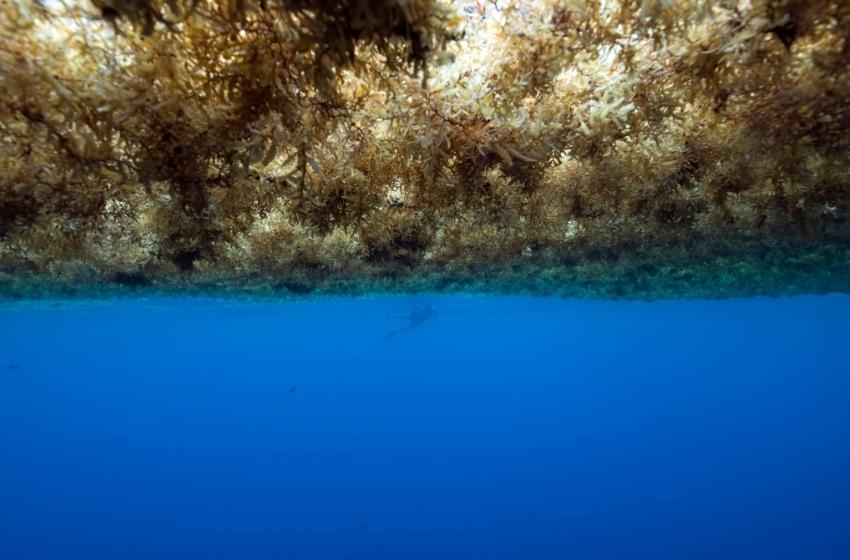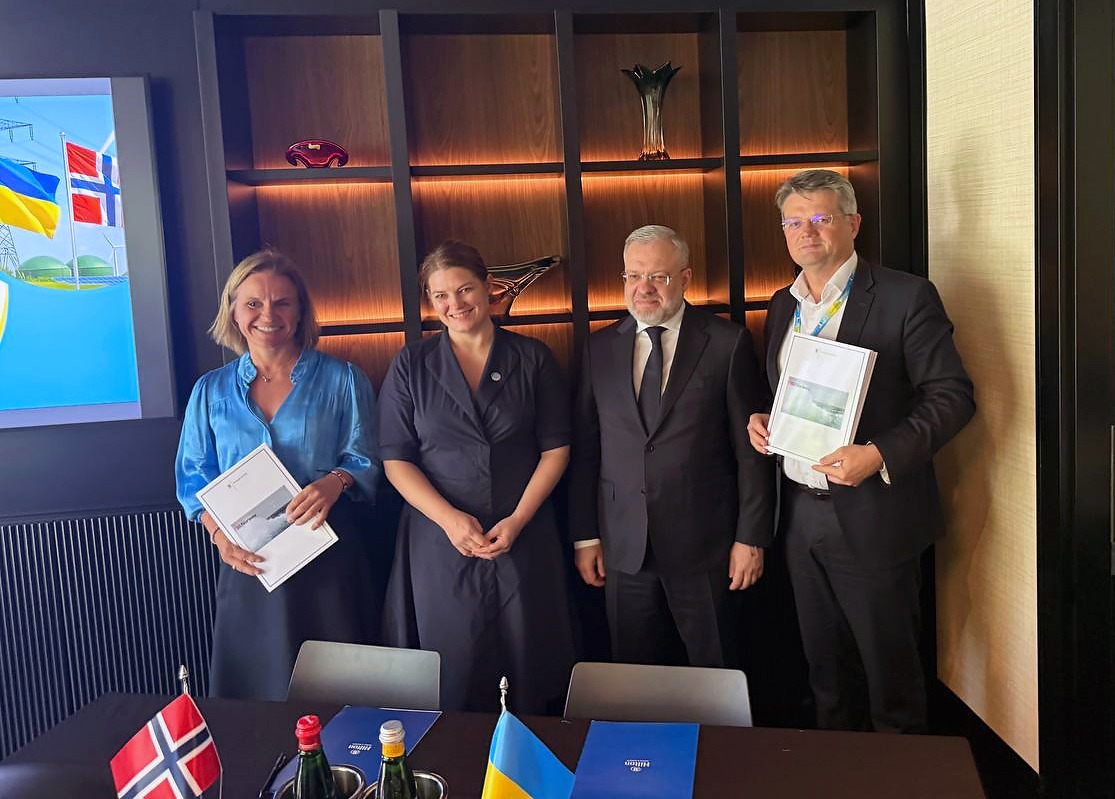The Sargasso and the Black Sea are unique for hosting the world's biggest accumulations of floating macroalgae. In the Sargasso Sea, these are the brown algae Sargassum (Sargassum bacciferum), drifting across the surface thanks to special air bubbles (scafidia), which resemble grape seeds. Columbus discovered an accumulation of these algae in the Atlantic Ocean during his first voyage to the coasts of America (it should be noted that the Sargasso Sea is located in the Atlantic Ocean and has no coasts - instead, it is surrounded by four Atlantic currents: the Gulf Stream, the North Atlantic Current, the Canary Current and the North Equatorial Current). In the Black Sea, the floating macroalgae are a combination of three kinds of red algae from the Phyllophora genus, freely rolling over the seafloor almost like tumbleweed does on the steppe. The accumulation of algae in the North-Western part of the Black Sea, at depths of 20-60m, is primarily (80%) represented by Phyllophora crispa, which was described for the first time by Sergey Zernov in 1908, and was therefore named ‘Zernov's Phyllophora Field’. So, there are three things common to the Sargasso Sea and Phyllophora fields: their algae mainly float, the borders of their accumulation areas are determined by circular currents, and the key commonality: algae are the basis of a community, which includes a number of animal and plant organisms.

The community of the phyllophora field in the Black Sea consists of more than 30 species of unicellular and multicellular algae, about 100 species of invertebrates (sponges, worms, crayfish, molluscs, bryozoans, etc.) and about 40 species of fish. The majority of animals living among phyllophora have red protective colouring, e.g. sponges, crustaceans, echinoderms, and fish. Shore rockling, knout goby, and small suckerfish all have red pigmentation, and even ‘red-finned’ varieties of herring and mackerel can be found. Another uncovered secret of Zernov's Phyllophora Field is that the temperature of the water inside algae accumulations is 4-5˚C higher than the temperature of the overlying layer of water. It is believed that warmth accumulates in phyllophora masses due to its intense bioenergetic processes.

Before the end of the last century, phyllophora stocks had catastrophically reduced because of eutrophication, accompanied by a reduction in water transparency. Sunlight in the majority of algae growth areas could not reach the seafloor. Originally, the area of Zernov's Phyllophora Field was 11,000km2, and its stocks were enough to harvest 15,000-20,000 tonnes of algae annually for 70 years (through the beginning of the 1990s) for the purposes of iodine extraction and agar-agar production. In 1996, the harvesting of algae ceased, and in 2008 the largest protected water area in the Black Sea – a 402,500ha botanical reserve of national importance was established to protect Zernov's Phyllophora Field. An additional reserve, called the Small Phyllophora Field, with an area of 38,500ha was created in Karkinit Bay in 2012. From the beginning of the 21st century, the process of restoration for biological communities began to be observed on the North-Western shelf of the Black Sea as a result of European countries' efforts to clean the Danube River basin. Whereas in 1989, only a minimal quantity of multicellular seafloor algae were observed, comprised of only seven species, by 2017 the floral wealth increased again to 30 species and reached volumes last seen in the 1960s. During the last several decades, the Northern boundary of the phyllophora field expanded up to the coastal zone, and to a depth of 12-15 metres.
The publication was prepared with the financial support of the EU – UNDP project ‘Improving Environmental Monitoring in the Black Sea: Selected measures’ (EMBLAS-Plus). This publication was produced with the financial support of the European Union and UNDP. Its contents are the sole responsibility of the authors and do not necessarily reflect the views of the European Union or UNDP
Authors: B. Aleksandrov, O. Adrianova, N. Atamas, V. Bolshakov, O. Bondarenko, I. Chernichko, V. Demchenko, S. Dyatlov, Y. Dykhanov, E. Dykyi, O. Garkusha, P. Gol’din, S. Hutornoy, V. Komorin, Y. Kvach, V. Mamaev, O. Manturova, O. Marushevska, A. Mikelyan, Yu. Mikhalev, G. Minicheva, I. Sinegub, T. Shiganova, J. Slobodnik, A. Snigiryova, M. Son, K. Vishnyakova, A. Zotov. Illustrator: I. Pustovar.






















